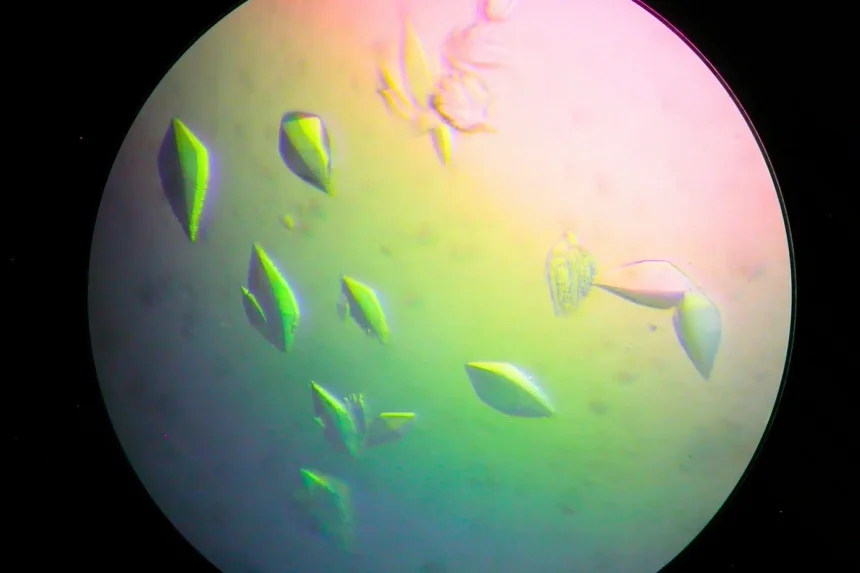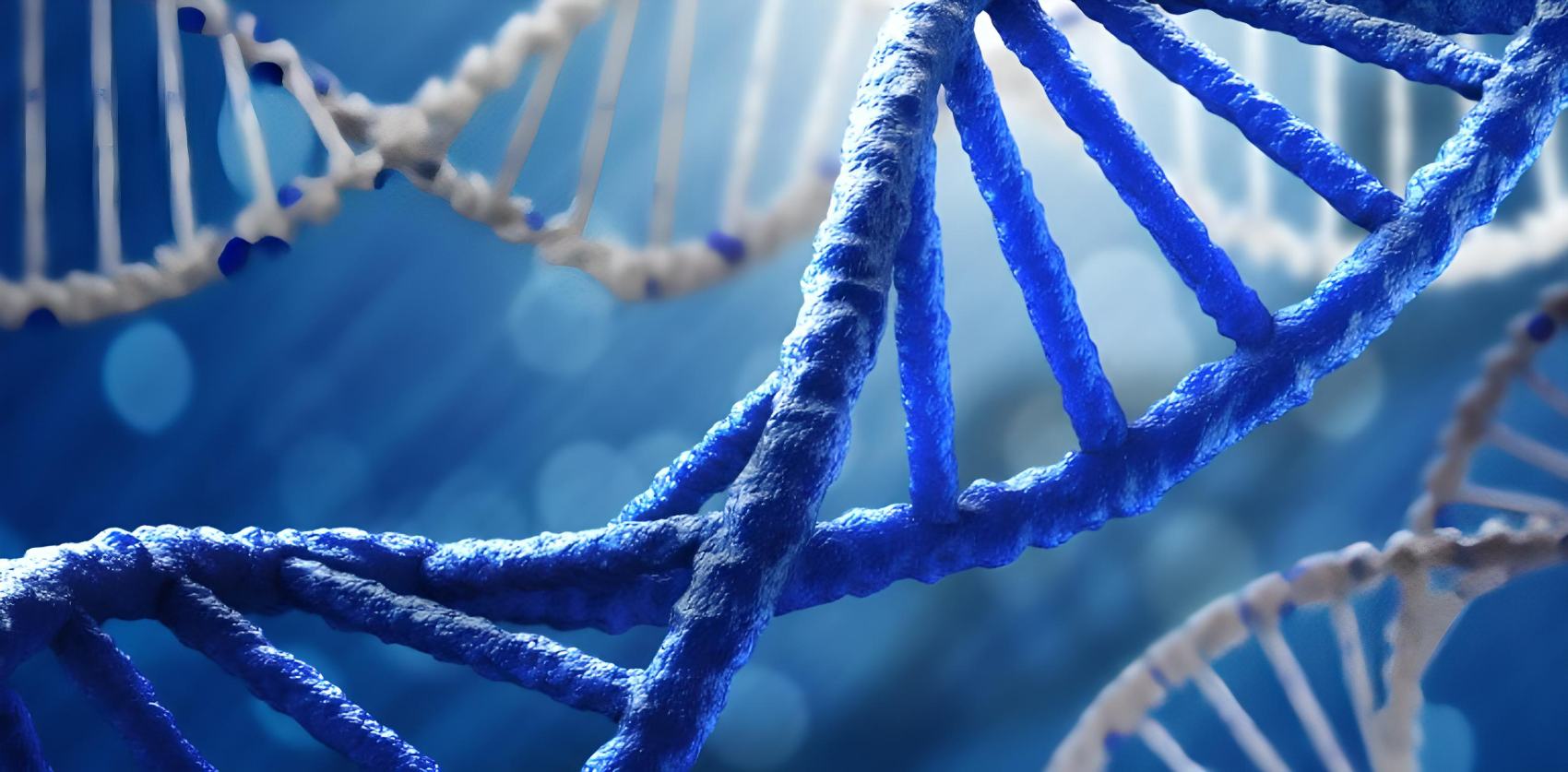The protein in question, named DdrC, was discovered in a resistant bacterium called Deinococcus radiodurans, known for its ability to survive in extreme conditions. DdrC appears to be highly effective in detecting DNA damage, stopping it, and alerting the cell to begin the repair process.
The researchers behind this discovery, from Western University in Canada, found in an experiment that inserting the ddrC gene into an E. coli bacterium made it more resistant to damage caused by UV rays, increasing its resistance by more than 40 times. The results were published in the journal Nucleic Acids Research.
The Unique DNA Repair Mechanism of DdrC
The DdrC protein is distinguished by a unique ability to detect and repair DNA lesions, whether single or double. DNA repair by DdrC involves a complex process where the protein scans the DNA for lesions on one or two strands. When it finds a single or double break, it binds to it and looks for another break of the same type. Once two damage zones are found, DdrC immobilizes both, compacting the DNA segment.
These repairs not only prevent damage from worsening but also signal the cells responsible for DNA repair to come and repair the breaks. This action is important because it maintains the genetic integrity of cells, thus reducing the risk of mutations that could lead to cancer. “DdrC’s ability to recognize and repair DNA breaks is a true biochemical feat,” explains Dr. Robert Szabla, a biochemist at the Canadian Light Source laboratory and lead author of the study, in a statement from the University of Saskatchewan (Canada).
One of the most fascinating features of DdrC is its asymmetric structure, which allows it to trap DNA breaks particularly effectively. When it detects a lesion, the protein undergoes a conformational change that allows it to bind to a second break, forming a stable and reparative structure.
This complex mechanism not only prevents further damage but also facilitates repair by other cellular mechanisms. It’s as if DdrC acted as a security agent, patrolling the DNA to neutralize threats as soon as they appear.
Towards A Universal Cancer Vaccine?
The implications of this discovery for cancer treatment are vast. Currently, the first cancer vaccine candidates, some of which are already in clinical trials, face many challenges, including identifying antigens specific to cancer cells and stimulating an effective immune response. DdrC’s ability to directly repair DNA could allow for the development of true (preventive) vaccines, targeting the repair mechanisms of cancer cells and perhaps even a universal vaccine.
Experts are unanimous about the potential of this discovery. “The ability to rearrange, edit, and manipulate DNA in a specific way is the Holy Grail of biotechnology. What if you had a scanning system like DdrC that patrols your cells and neutralizes damage when it occurs? This could form the basis of a potential cancer vaccine,” said Szabla.
This discovery also fits into a context of recent advances in the field of genetic repair. For example, studies on PARP inhibitors have shown their effectiveness in treating certain types of cancers by blocking the DNA repair mechanisms of cancer cells. However, DdrC offers a different approach by directly repairing breaks, which could be complementary to existing therapies.
Szabla finally emphasizes that DdrC is just one of hundreds of potentially useful proteins in this bacterium, and that additional research could reveal other valuable tools for DNA repair. However, as with any major medical advance, the use of DdrC raises ethical questions. Genetic manipulation to repair DNA could also raise concerns about equitable access to treatments and long-term implications for public health. In the near future, researchers plan to further study the D. radiodurans bacterium to explore other potential mechanisms it uses to repair its own genome.



